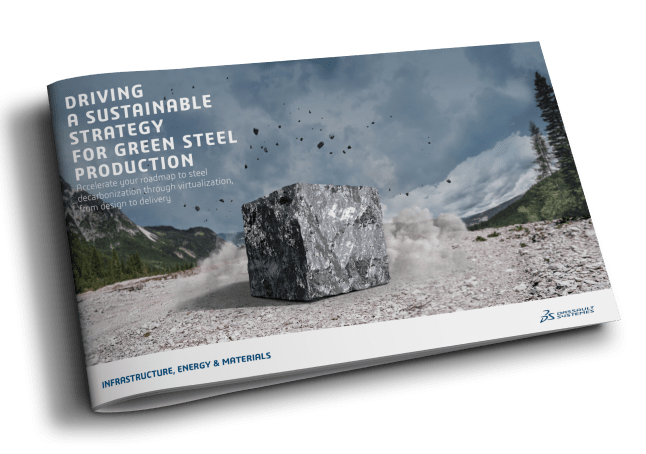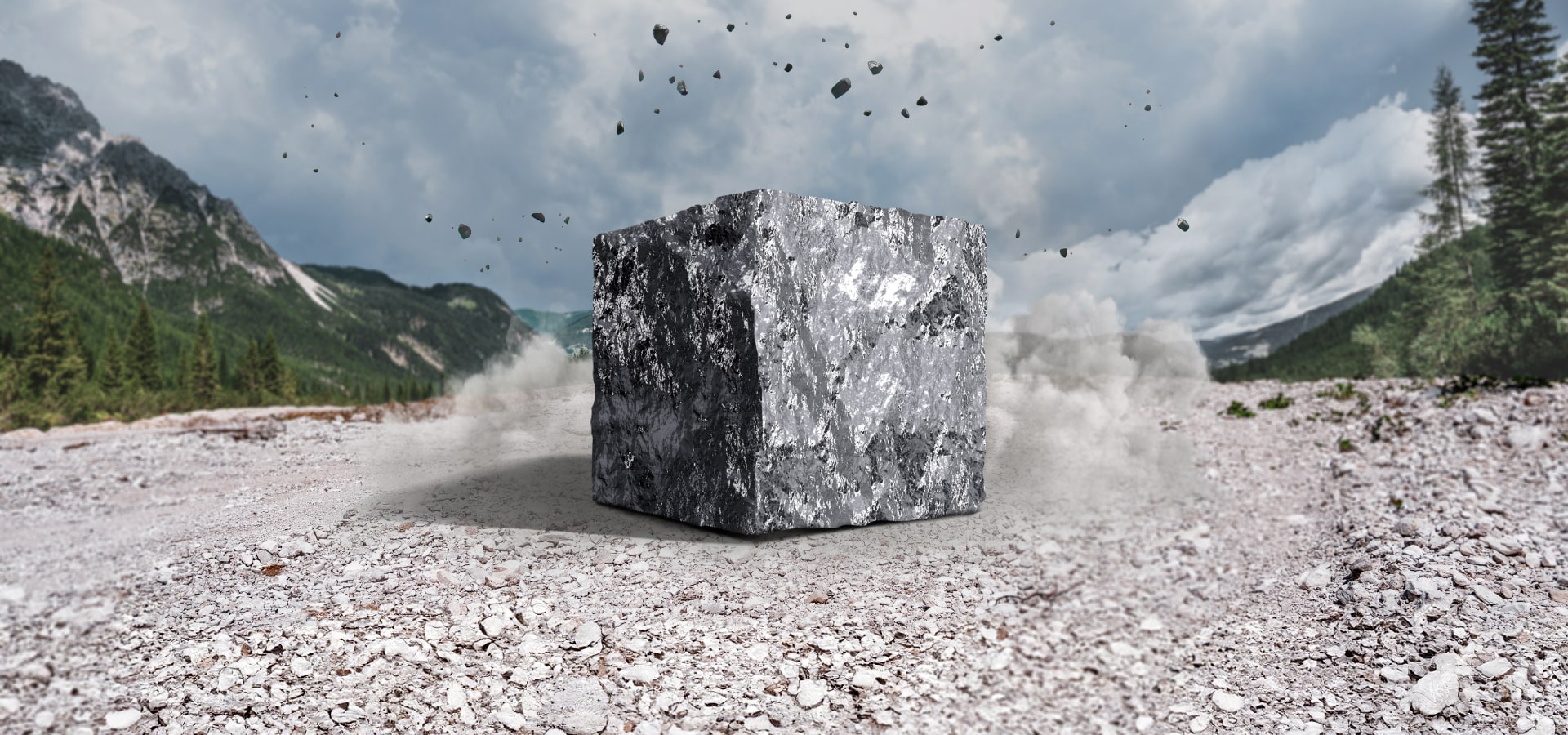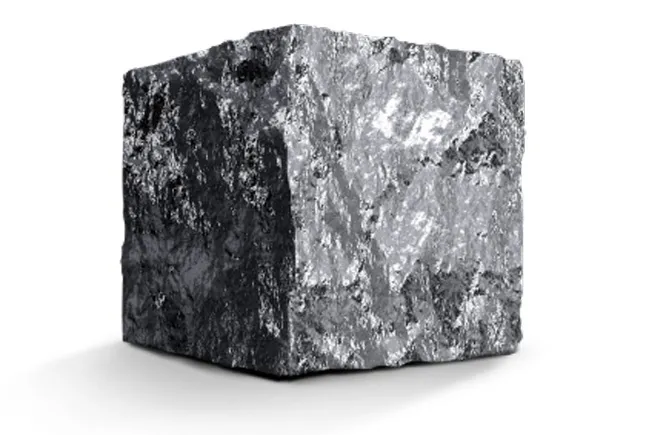Decarbonizing Steel
Steel manufacturing is one of the largest contributors to global carbon emissions. Digital solutions will be key in shifting towards green steel for a sustainable future.
Forging a sustainable future for steel
By 2030, more than 71% of the world’s blast furnaces will need refurbishing. For steelmakers, the next few years present a golden window of opportunity to fundamentally transform their businesses for the better.
Change is sorely needed. Steel produces up to 11% total global greenhouse gas emissions1, making it one of our most polluting activities. As demand for steel grows, so too will that footprint – unless we make fundamental changes soon.

De-risking the transition to greener steel
The shift to sustainable steel doesn’t have to be a struggle. With digital solutions, steelmakers can identify practical steps to decarbonizing their operations, delivering both quick wins and long term fundamental changes to their facilities.
Digitalization: the road to decarbonized steelmaking
Those steelmakers looking to embrace transformation in the push towards net zero operations can pursue it in two main ways.
First, you can decarbonize the reduction process. Carbon reduction methods emit about two tonnes of CO2 per tonne of steel2. Replacing that carbon with hydrogen could cut those emissions by as much as 95%3. However, the production of clean, affordable hydrogen and associated infrastructure must be rapidly scaled up if it is to play a significant role in steel decarbonization.
Second, you can improve current steelmaking operations. These can be riddled with inefficiencies: production bottlenecks, for example, can necessitate costly reheating processes before steel can be worked. But if we are to tackle these inefficiencies, we need the techniques that allow us to accurately identify them, and formulate effective responses.
Each path holds great potential – and Dassault Systèmes’ 3DEXPERIENCE® platform turns that potential into reality.
Digital Solutions like Virtual Twins offer significant benefits in greener steel production by enabling precise simulations and optimizations. They allow steel manufacturers to fine-tune their processes and scheduling, significantly reducing energy consumption and emissions.
With Life Cycle Assessment (LCA), you can set targets and understand the end-to-end outcomes of any alterations made to your steelmaking operations – from installing new furnaces to reconfiguring layouts.
Then, with virtual twins, you can endlessly test those plans virtually to make sure that the final designs and processes maximize efficiencies and minimize errors at every stage of the value chain.
It’s time to act. Digital solutions help you to start decarbonizing your value chain right now, benefitting from short-term optimizations today as you move towards the longer-term transformations of tomorrow.

A sustainable strategy for sustainable steel
Accelerate your roadmap to steel decarbonization through virtualization, from building new facilities to improving current ones.
OUR CUSTOMERS
Discover how our customers are making decarbonization a reality
Tribotecc
A world leader in high-performance metal sulfides.
Jindal Stainless
Jindal Stainless Selects Dassault Systèmes’ Solutions to Boost Operational and Delivery Efficiencies
Wieland- Werke AG
Wieland- Werke AG Interview – DELMIA Quintiq User Conference 2020 | DELMIA
Explore our industry solutions
Learn more about how our industry solutions can help companies in the Decarbonizing mining segment achieve their business objectives


